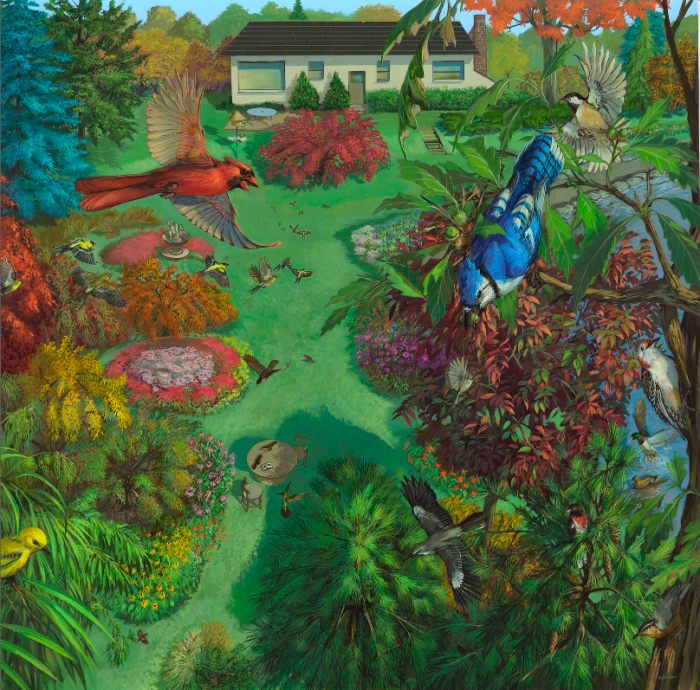
Birds fill the landscape with song, courtship ritual, and building industry. They also eat up lots of garden pests. Most gardeners would welcome such useful residents. During the 15 years that I have been a landscape designer in Missouri, California, and now South Carolina, I have specialized in designing gardens to attract birds. I believe that taking an ecological approach toward developing the landscape as a habitat for birds is the most important thing you can do to increase their number and variety. By incorporating the design principles that I use, you can enrich the beauty of your garden and encourage birds to visit it.
A design strategy for attracting birds
To successfully lure birds to your garden, you must grow plants that offer them food and shelter, and you must provide them with water for drinking and bathing. Arranging plants and water in ways that birds can recognize as a habitat, even if the garden is designed to please humans, is a design principle that I call an analogue. To design successful analogues, you need to know how various species of birds live in the wild.
Sometimes we create analogues deliberately, as when we nail a birdhouse to a tree in order to functionally simulate a cavity carved in the tree by a woodpecker. Birdhouses look nothing like hollow tree trunks, but bird species that nest in hollow trees will also nest in birdhouses. Gardens can also contain analogues that we may not be aware of, such as lawns. For instance, insect-eating birds, such as swallows or martins, hunt flying insects over a lawn as readily as they do over a meadow or a body of water.
Birds are never far from water in the wild. A birdbath or small pond should be located within a few feet of shrubs or trees. This distance is close enough for birds to reach cover and perch safely between drinks, but far enough from the sheltering plants to keep cats or other predators from pouncing on the birds as they bathe.
How plants attract birds
Nature packs diverse plant resources into small spaces in particular patterns. Gardeners can adopt these patterns, which I call horizontal diversity, vertical diversity and temporal diversity, to create a garden habitat for birds.
Horizontal diversity
In nature, the place where an open field meets woods or where a brushy fence row separates fields is called an edge. Edges offer horizontal diversity—plants for food and shelter from two different plant communities come together here. Examples of edges you can create in the garden are island beds or mixed borders along property lines.
Another kind of edge can be formed by groups of plants or rocky outcroppings that occur in clearings. I call them concentrations. Concentrations, another form of horizontal diversity, provide a protected place where birds can perch and survey surrounding areas for insects or predators. In a garden, you can fashion plant concentrations by grouping shrubs and trees in a lawn or near a paved surface. Your house can substitute for a rock outcropping.
When an edge gradually blends into surrounding plant communities, ecologists call it an ecotone. An example of a natural ecotone is the area where a deciduous forest blends into a coniferous forest, providing a source of shelter and abundant food. A half-and-half mixture of deciduous and evergreen plants is a suitable garden substitute for such an ecotone.
Vertical diversity
In nature, plants grow in vertical layers according to their need for sun or shade. For example, the tallest trees in a forest form a canopy above shorter understory trees. Beneath the understory trees grow progressively lower layers of shade-loving shrubs, wildflowers, ground covers and mosses. The ground is littered with decaying plants and leaves. A garden designed in vertical layers can support many plant species in a small area, offering many choices of food and shelter for birds.
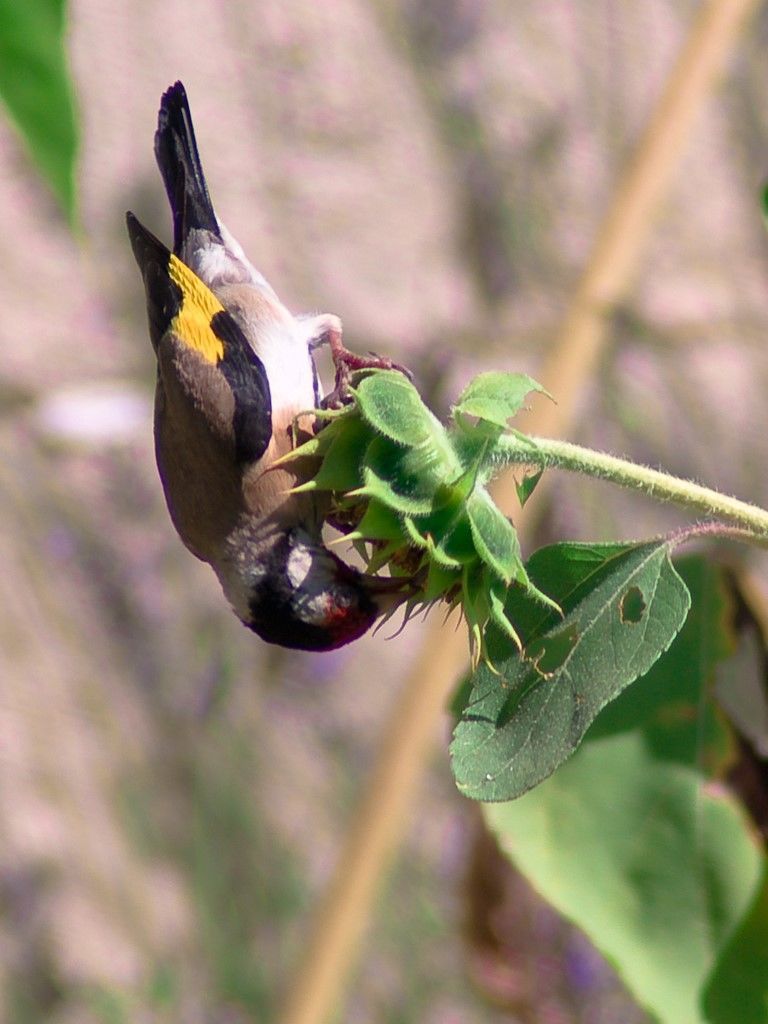
Temporal diversity
Birds’ needs for food and shelter change throughout the year. Temporal diversity is a term I use to describe a habitat that provides birds with food and shelter in every season. This habitat also changes over time to include dead and decaying plants, which attract insects for birds to eat and provide a place for them to rest and perch. For example, leaf litter and rotting logs will attract insects while a brush-pile or a dead, but still-standing, tree can be a nesting place or perch.
Temporal diversity begins in the spring and summer, a time when birds eat insects. To encourage the bird population, you must not use insecticides. From summer through winter, birds eat fruits and berries, so plant a variety of fruiting plants. In the fall and winter, many birds eat the seeds of flowering plants, so wait to cut back seeding plants until the birds have picked them clean.
—Michael McKinley is a landscape designer and author of How to Attract Birds. He gardens to attract birds in Greenwood, South Carolina.
Fine Gardening Recommended Products

A.M. Leonard Deluxe Soil Knife & Leather Sheath Combo
Fine Gardening receives a commission for items purchased through links on this site, including Amazon Associates and other affiliate advertising programs.


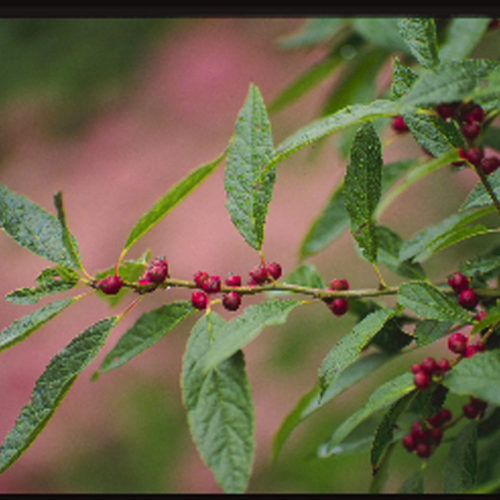
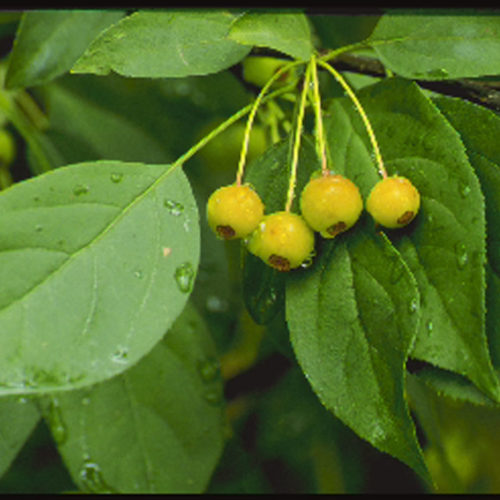
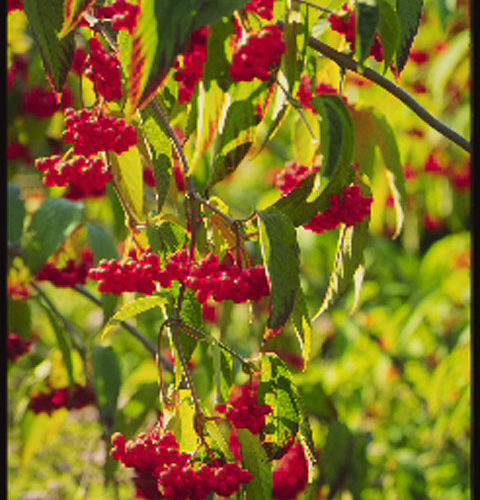


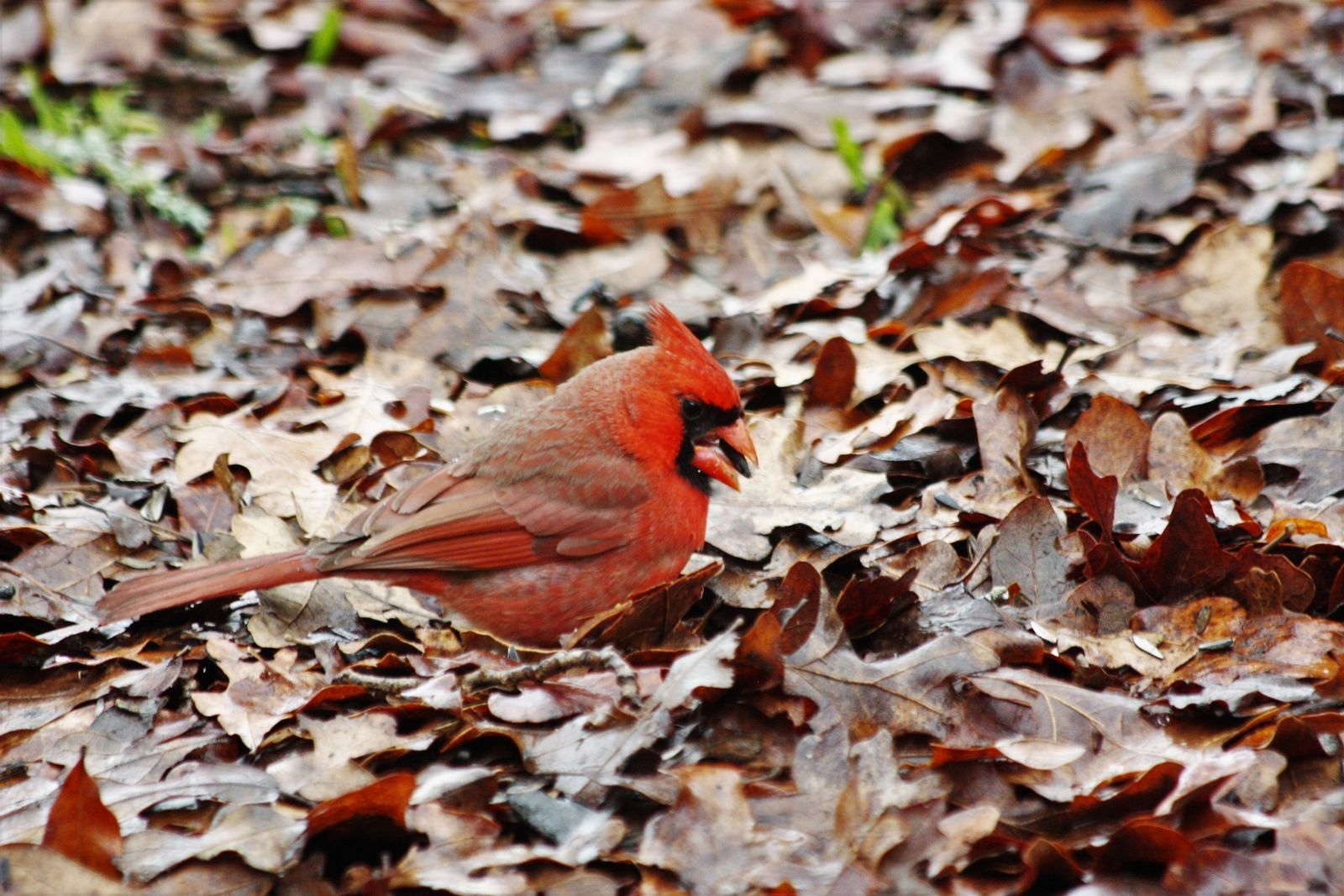
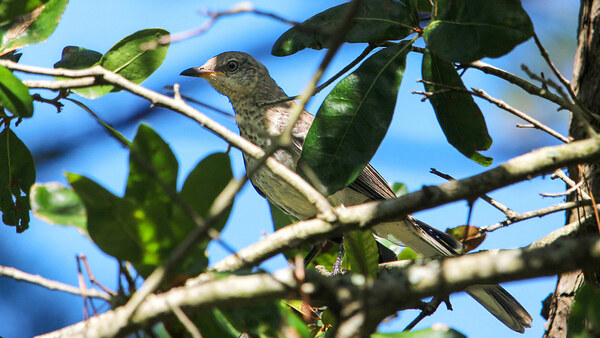
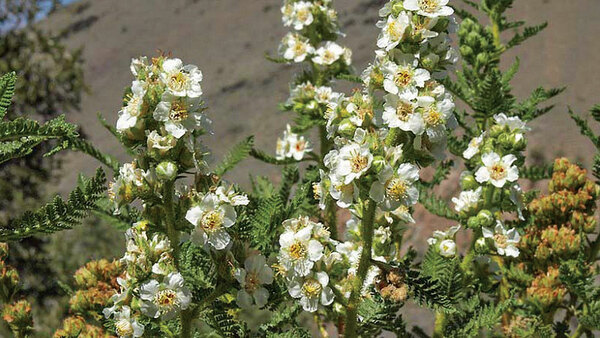
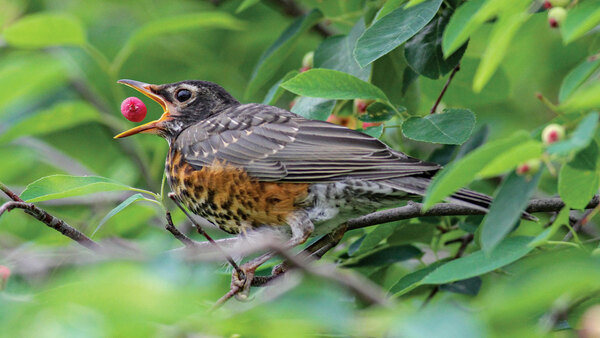
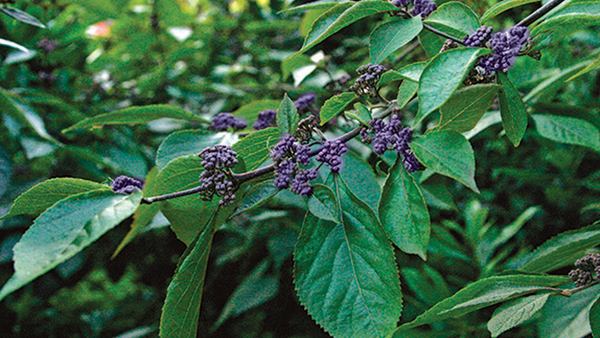













Comments
Cranberry works so good with attracting birds to my garden!
Log in or create an account to post a comment.
Sign up Log in